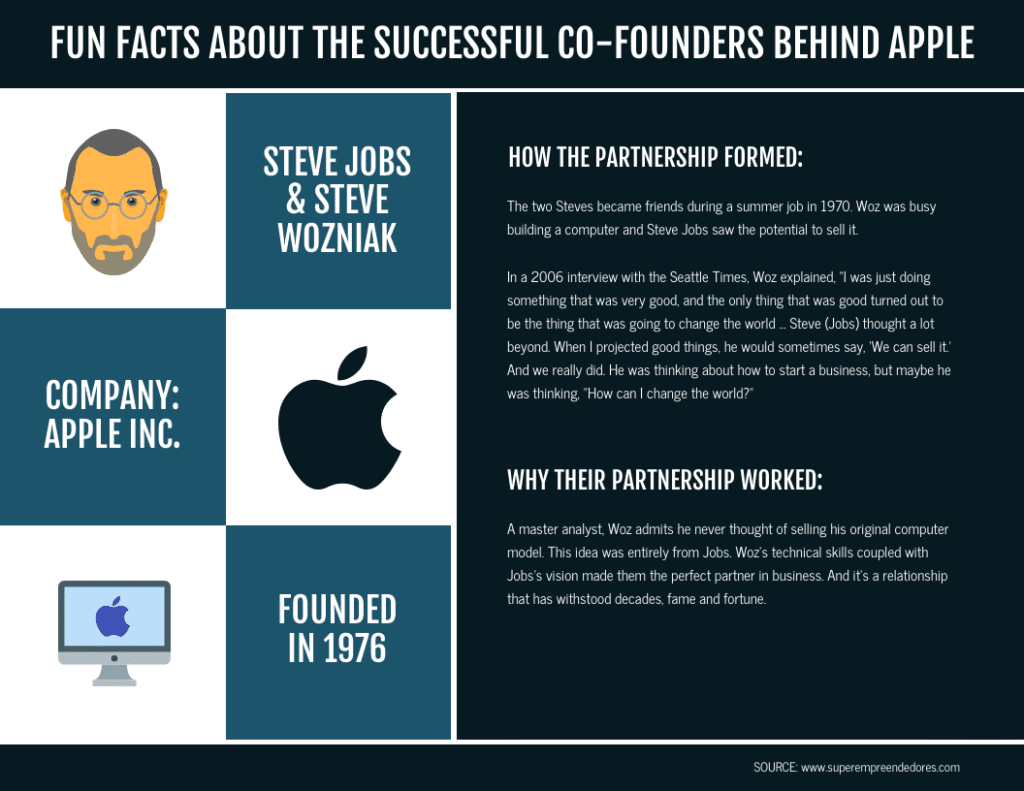Apple Inc.: Innovation, Design, and the Future of Technology
Apple Inc., one of the world’s most recognizable and influential technology companies, has consistently remained at the forefront of innovation since its founding in 1976. From revolutionizing personal computing in the 1980s to transforming the mobile phoindustry in the 2000s apple has shaped the digital age through its visionary leadership, sleek product design, and strong ecosystem of software and services.

Origins and Founding
Apple was founded on April 1, 1976, by Steve Jobs, Steve Wozniak, and Ronald Wayne in Cupertino, California. The company’s first product, the Apple I, was a simple personal computer that Wozniak built in Jobs’ garage. Despite its modest appearance, the Apple I sparked a new wave of interest in personal computing. It was followed by the Apple II, which became a commercial success and established Apple as a rising force in the technology industry.
In 1984, Apple introduced the Macintosh, the first mass-market computer with a graphical user interface (GUI). This innovation made computers more accessible and user-friendly, allowing people to interact with their machines using icons and a mouse instead of typed commands. Although the original Macintosh faced stiff competition from IBM-compatible PCs, it laid the groundwork for the modern desktop computer.
Leadership and Vision
Apple’s journey has been deeply influenced by the vision of its co-founder Steve Jobs. After being forced out of the company in 1985, Jobs returned in 1997 when Apple was struggling financially. His return marked a turning point for the company. Jobs streamlined Apple’s product line, eliminated unnecessary projects, and focused on creating innovative, high-quality products.
Under Jobs’ leadership, Apple launched a series of iconic devices that reshaped consumer electronics. These included the iMac in 1998, which redefined computer design with its colorful all-in-one form; the iPod in 2001, which transformed digital music consumption; and the iPhone in 2007, which revolutionized the smartphone industry.
Jobs was known not just for his business acumen but also for his intense focus on design and user experience. He believed in creating products that were not only functional but also aesthetically pleasing and intuitive to use. This philosophy became a cornerstone of Apple’s brand and continues to influence its products today.
The iPhone and Mobile Revolution
The launch of the iPhone in 2007 was a game-changer for both Apple and the global technology landscape. Combining a phone, an iPod, and an internet communicator in one device, the iPhone introduced the concept of a touchscreen smartphone with a full web browser and a powerful operating system.
The App Store, launched in 2008, allowed third-party developers to create apps for the iPhone. This created a vibrant ecosystem that helped popularize mobile gaming, social media, productivity tools, and more. The iPhone’s success catapulted Apple into the ranks of the most valuable companies in the world.
Apple’s iOS operating system, used on the iPhone and iPad, became a major platform in its own right, rivaling Google’s Android. Over the years, Apple has continued to evolve the iPhone with features like Face ID, advanced cameras, and faster processors, ensuring its position as a leader in the mobile market.
Expanding the Ecosystem
Beyond the iPhone, Apple has developed a broad ecosystem of devices and services. The iPad, introduced in 2010, created a new category between smartphones and laptops. The Apple Watch, launched in 2015, brought wearable technology into the mainstream, offering health tracking, messaging, and seamless integration with the iPhone.
Mac computers, including the MacBook Air and MacBook Pro, continue to be popular among creative professionals, students, and business users. In 2020, Apple began transitioning its Mac line to its own custom-designed M1 chips, replacing Intel processors. These chips offer improved performance and energy efficiency, highlighting Apple’s focus on vertical integration and control over its hardware and software.
About apple company
Apple has also expanded its services, offering iCloud for storage, Apple Music for streaming, Apple TV+ for original content, and Apple Arcade for gaming. These services generate recurring revenue and help keep users within the Apple ecosystem.
Commitment to Privacy and Sustainability
Apple has positioned itself as a leader in privacy, emphasizing features that protect user data and limit tracking. Its iOS updates often include new privacy tools, such as App Tracking Transparency, which requires apps to ask for user permission before tracking activity.
The company is also committed to environmental sustainability. It aims to have a net-zero climate impact across its entire business by 2030. Apple uses recycled materials in its products, relies on renewable energy for its facilities, and encourages recycling through its trade-in and product return programs.
Challenges and Criticism
Despite its success, Apple has faced criticism and legal challenges. It has been accused of monopolistic behavior, particularly regarding the App Store and its 30% commission on in-app purchases. Companies like Epic Games and Spotify have challenged Apple’s policies, arguing they stifle competition.
Apple also faces intense competition from other tech giants such as Samsung, Google, and Microsoft. Keeping up with technological innovation while maintaining user trust and market share remains a constant challenge.
Looking Ahead
Under current CEO Tim Cook, Apple has continued to thrive, becoming the first U.S. company to reach a $3 trillion market valuation in 2022. The company is rumored to be working on new areas such as augmented reality (AR), artificial intelligence (AI), and electric vehicles.
Apple’s Vision Pro, a mixed-reality headset unveiled in 2023, represents its push into spatial computing—a field that blends the digital and physical worlds. While still in its early stages, this technology could shape the future of how we interact with digital content.
Apple Inc.: Innovation, Design, and the Future of Technology
Conclusion
Apple Inc. stands as a symbol of innovation, quality, and design. From humble beginnings in a garage to becoming a global technology powerhouse, the company’s influence is felt across industries and everyday life. As it continues to explore new frontiers, Apple remains committed to creating products that enrich people’s lives and define the future of technology.